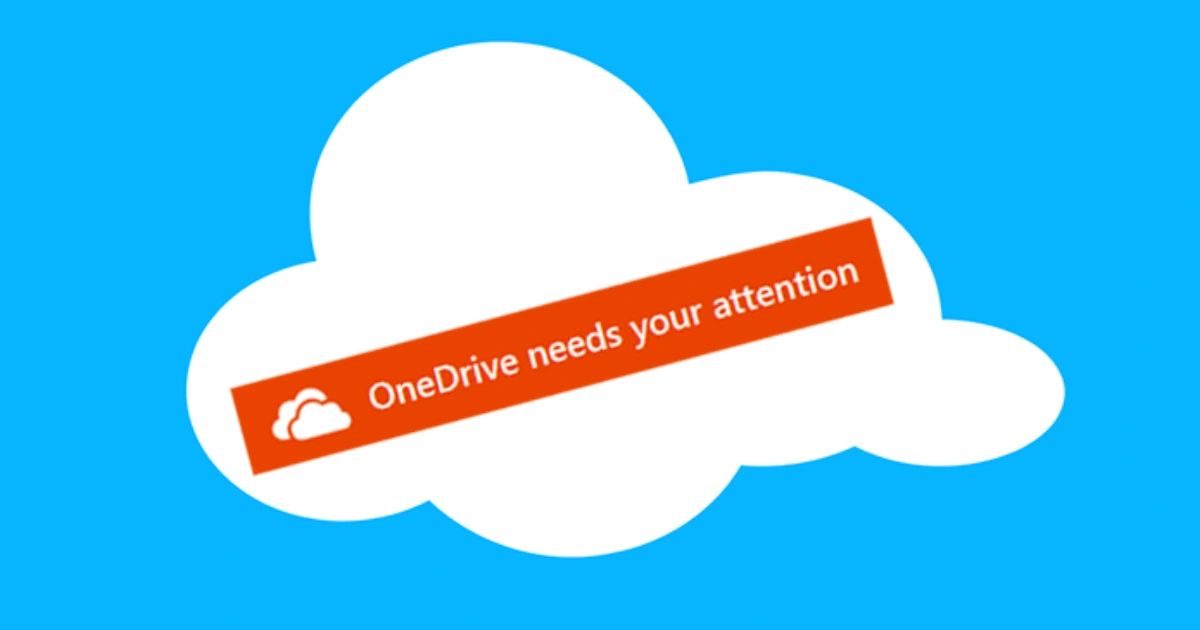
OneDrive Tips & Tricks
If you’re not using the OneDrive cloud storage feature built into Windows 10, you’re missing out. It’s taken a few years, but Microsoft has meticulously developed OneDrive into a solid, reliable, immensely useful service that gives you 5GB of cloud storage for free; if you have an Office 365 account, you get a terabyte of online storage with your subscription.
For those of us who use a PC and mobile daily, the benefits are profound:
· You can synchronize files between the cloud and a local folder.
· Using client software available for just about any operating system, you can access
files from multiple devices.
· Your fully backed-up files offer ransomware protection, allowing you to quickly
recover previously saved versions from the cloud.
· You can easily share files, photos, and even entire folders with anyone.
Several of the features described here require making changes in the OneDrive Settings dialog box. To get to OneDrive Settings, open File Explorer, right-click the OneDrive icon in the navigation pane, and then click Settings.
1. Setting up your local sync folder
When you first sign in to OneDrive, you get a chance to choose the folder where any files you choose to sync from the cloud will be stored. The default location is a folder called OneDrive in your user profile. That location is usually OK, but you can and should choose a different location if you have a secondary drive (formatted using NTFS) that has more storage than your system drive.
2. Files on demand
Files on Demand is a signature feature of OneDrive in Windows 10. It gives you the ability to browse through your entire collection of OneDrive files using File Explorer even if those files are not synced to your PC. (Dropbox has a comparable feature, called Smart Sync, but it’s only available on its $200-a-year Professional plan.)
If you open a file, OneDrive downloads it immediately (that’s the “on demand” part); you can also mark files to be available even if you’re not connected to the internet. To use this feature, right-click any file or folder and then click Always keep on this device. A solid green icon in the Status column shows which files are available offline.
If you no longer need to keep those offline copies, right-click the file or folder and then click Free up space to remove the local copies. (They remain available in the cloud and on demand.)
3. Share a file easily
If you have a file stored in OneDrive and you want to share it with someone, there’s a super-fast way to accomplish that task. Right-click the file in File Explorer and then click Share a OneDrive link. OneDrive creates a short link and copies it to the Clipboard, ready for you to paste it into an email message or a chat window.
4. Share with extra security
Quick links are convenient, but you might want a little more control when sharing a file or folder from OneDrive. For example, you might not want the recipient to be able to edit the file, or you might want the link to expire so it can’t be reused if someone happens upon it in an old email. Or perhaps you want to protect the shared link with a password (which you should share with the recipient separately from the link itself, of course).
5. Create a shared folder
One of the easiest ways to use OneDrive for file sharing is to set up a dedicated folder that you and other people can use to share files. This option works great with for sharing with friends or family members, with a small office or project team.
In OneDrive, create the folder you want to use for sharing. Give it a name that will make its purpose immediately obvious even if someone else sees it in their OneDrive: For example, you might call it 2020 Inventory – Shared Files. Sync that folder to the cloud and send a shared link to that folder with the other person (or persons) you want to share it with. (Make sure you allow editing.)
Your friends or co-workers receive a link that takes them to OneDrive on the web, where they can click Add to my OneDrive.
That’s just a sampling of things you can do with OneDrive. Contact us today for all your OneDrive and Microsoft Office 365 needs!
Radiant Technology Solutions
727-493-4723


